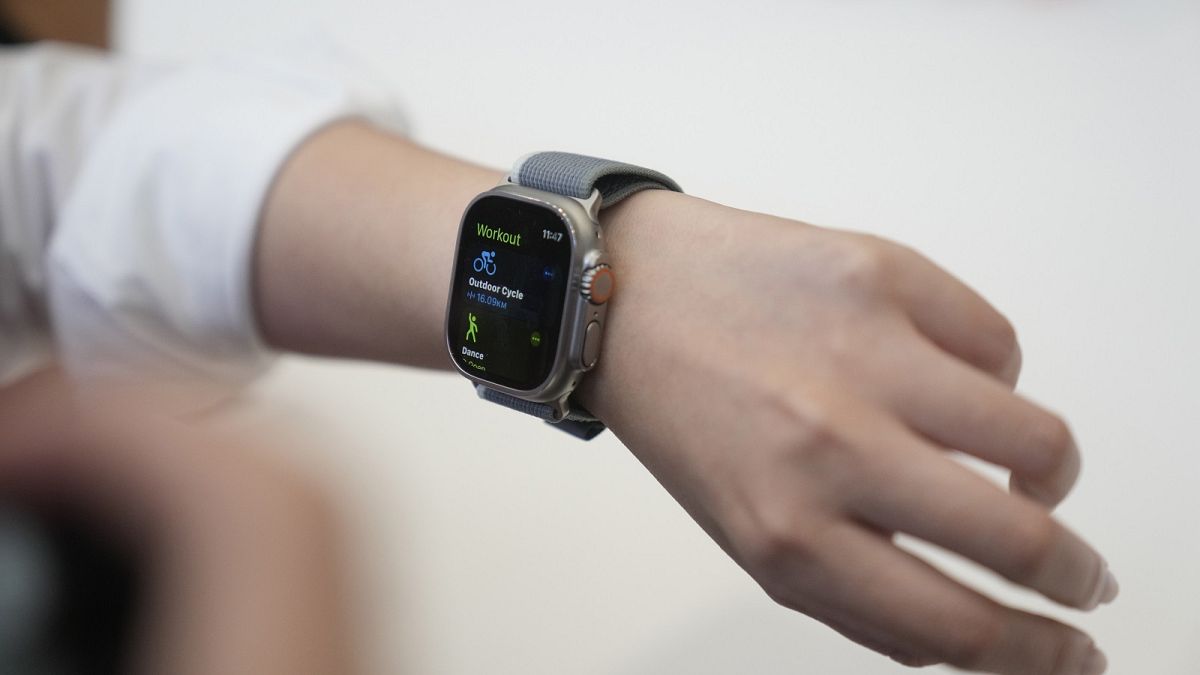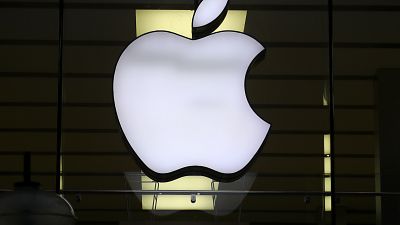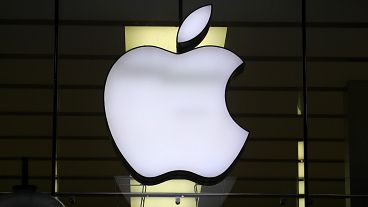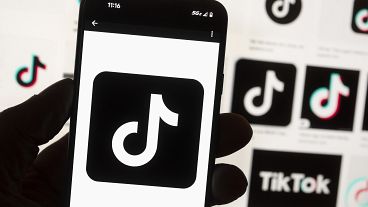Apple is planning changes to its watches depending on how a court rules in a patent dispute.
Apple is prepared to remove the blood-oxygen sensor from its internet-connected watches if a court doesn’t give it more leeway while it pursues a bid to overturn a ruling that has blocked its use of the technology.
A potential redesign of two Apple Watch models, the Series 9 and Ultra 2, that would exclude the blood-oxygen sensor has been approved by the US Customs and Border Protection, according to a Monday court filing by Masimo, a Southern California company pursuing a patent claim against Apple.
The document didn't disclose how Apple plans to remove the blood-oxygen sensor, although analysts have speculated the change could come through a software update.
Masimo won a favourable ruling from the US International Trade Commission in late October that prompted Apple to temporarily halt sales of the Apple Watch models with the blood-oxygen sensor just before Christmas.
But Apple then filed an appeal of the ITC ruling that resulted in an order clearing the way for the two Apple Watch models to return to stores shortly after Christmas while the appeal is under review.
The US Court of Appeals in Washington is expected to decide whether it extend the stay later this month. If it does, the Series 9 and Ultra 2 can remain on sale with the blood-oxygen sensors intact.
It will probably take at least a year for the appeals process to unfold, meaning Apple will need an extended stay to continue selling the watches with the blood-oxygen sensors as part of the company's effort to position the products as health-monitoring devices.
Apple declined to comment on the court filing disclosing its plans to remove the blood-oxygen sensor if the stay isn't extended.
In their arguments filed so far with the appeals court, Masimo and Apple have been painting dramatically different pictures of the technology involved in the dispute.
Masimo has depicted itself as a pioneer in the making of blood-oxygen sensors on wearable devices, prompting Apple to begin luring away some of its employees as far back as 2013 — a year before the first version of the Apple Watch was unveiled.
When Apple finally introduced a watch with a blood-oxygen sensor in September 2020 during the throes of the pandemic, Masimo alleged the technology was so unreliable that it threatened to taint its reputation and hurt sales of its W1 medical watch. Masimo says its pulse oximeters are used by hospitals and other professionals that treat 200 million patients annually.
Apple has denied infringing on a Masimo technology that has limited availability to consumers.
Masimo's W1 watch wasn't even available on the market when the dispute started in 2021 and the device still has negligible sales, according to Apple. In contrast, Apple accounts for roughly one-third of smartwatch shipments — a business that generates an estimated $18 billion in annual sales for the Cupertino, California, company.
That represents about 5 per cent of Apple's annual revenue.



